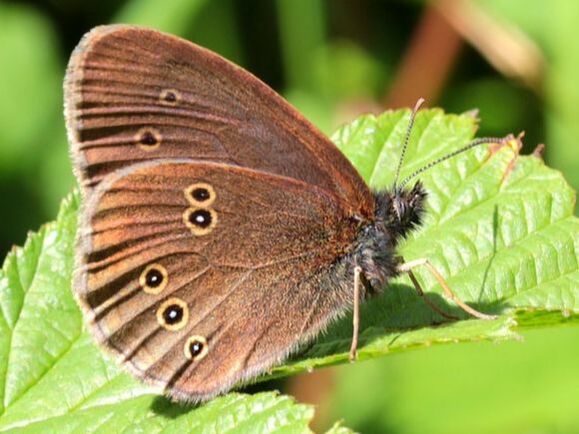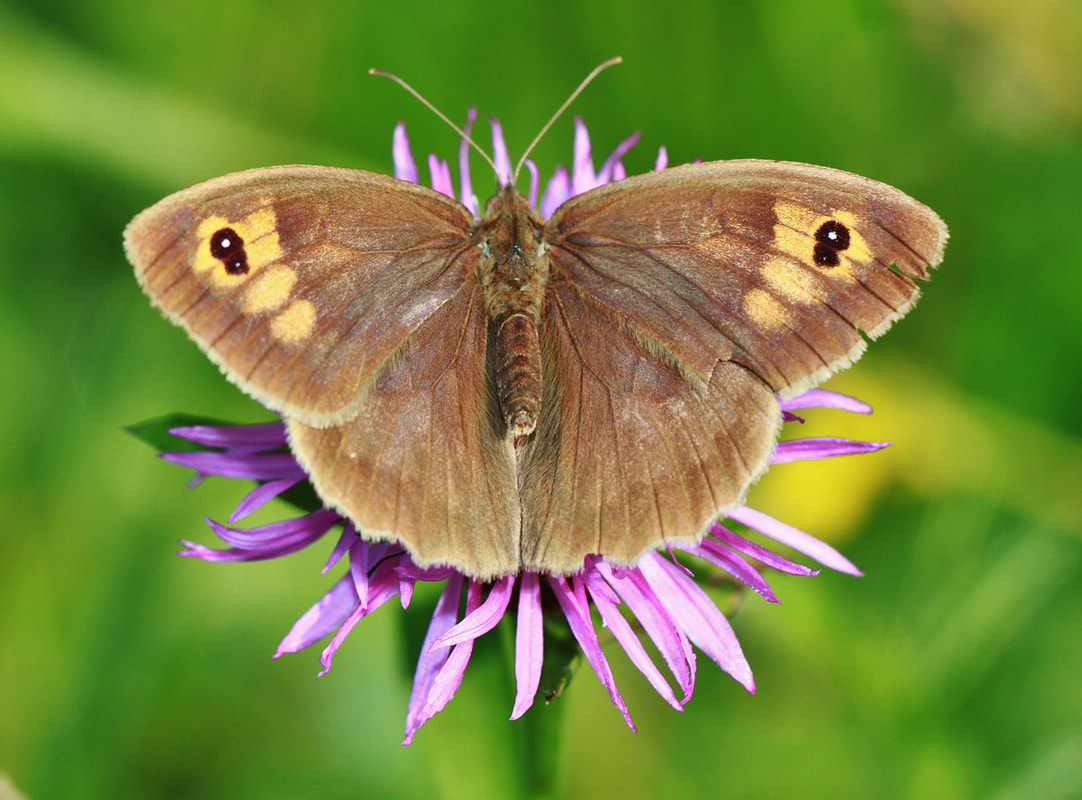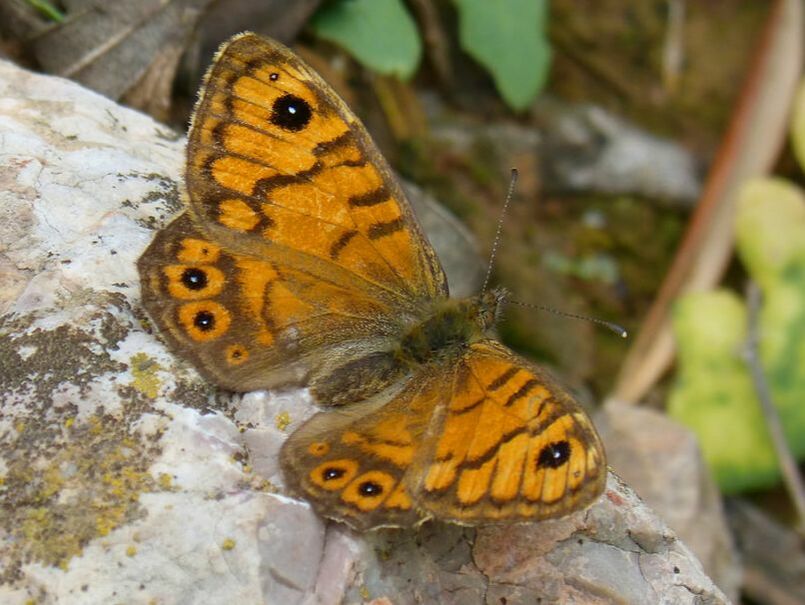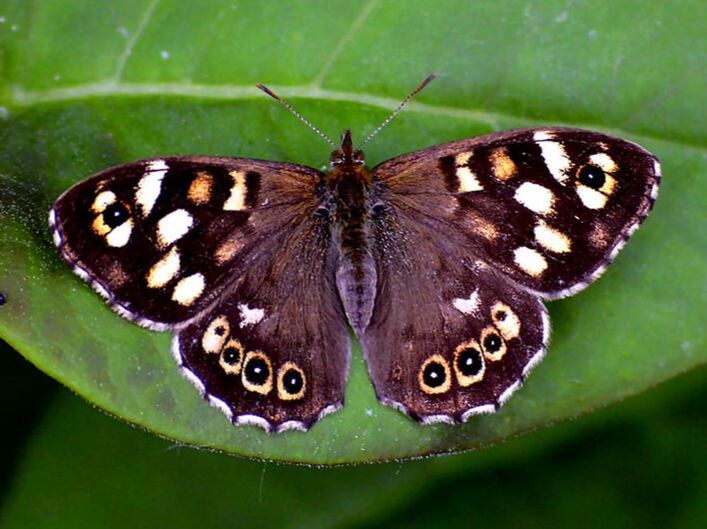The Browns
Caterpillars of the Browns Feed on a Variety of Native Grasses Growing in Meadows or Woodland.
The Browns have a stronger claim than most to being butterflies of the wild flower meadow. Not only do many of the adults drink nectar from the flowers, but their caterpillars also eat the leaves of the grasses.
But not just any grass. A selection of NATIVE GRASSES in different locations is ideal so that the females can carefully select which type of grass they lay on, as the caterpillars of different species have different requirements. The position of the clump of grass in relation to sun, shade, shelter, dampness is important. It doesn't have to be growing in a meadow. Clumps of native grasses growing on roadside verges, woodland edges or gardens may prove more attractive to the egg-laying females and supply the needs of the grass-eating caterpillars and shelter for the pupae better than grass in the middle of a field.
Always think NATIVE GRASSES, not Intensively bred agricultural ryegrasses that choke out native grasses and wildflowers, and grow so rapidly that they can be cut several times a year for hay. Even if the caterpillars can eat the grass, the agricultural mowers will show no mercy, wiping them out as they feed.
But not just any grass. A selection of NATIVE GRASSES in different locations is ideal so that the females can carefully select which type of grass they lay on, as the caterpillars of different species have different requirements. The position of the clump of grass in relation to sun, shade, shelter, dampness is important. It doesn't have to be growing in a meadow. Clumps of native grasses growing on roadside verges, woodland edges or gardens may prove more attractive to the egg-laying females and supply the needs of the grass-eating caterpillars and shelter for the pupae better than grass in the middle of a field.
Always think NATIVE GRASSES, not Intensively bred agricultural ryegrasses that choke out native grasses and wildflowers, and grow so rapidly that they can be cut several times a year for hay. Even if the caterpillars can eat the grass, the agricultural mowers will show no mercy, wiping them out as they feed.
RINGLET
|
MEADOW BROWN
|
WALL BROWN
|
SPECKLED WOOD
|



